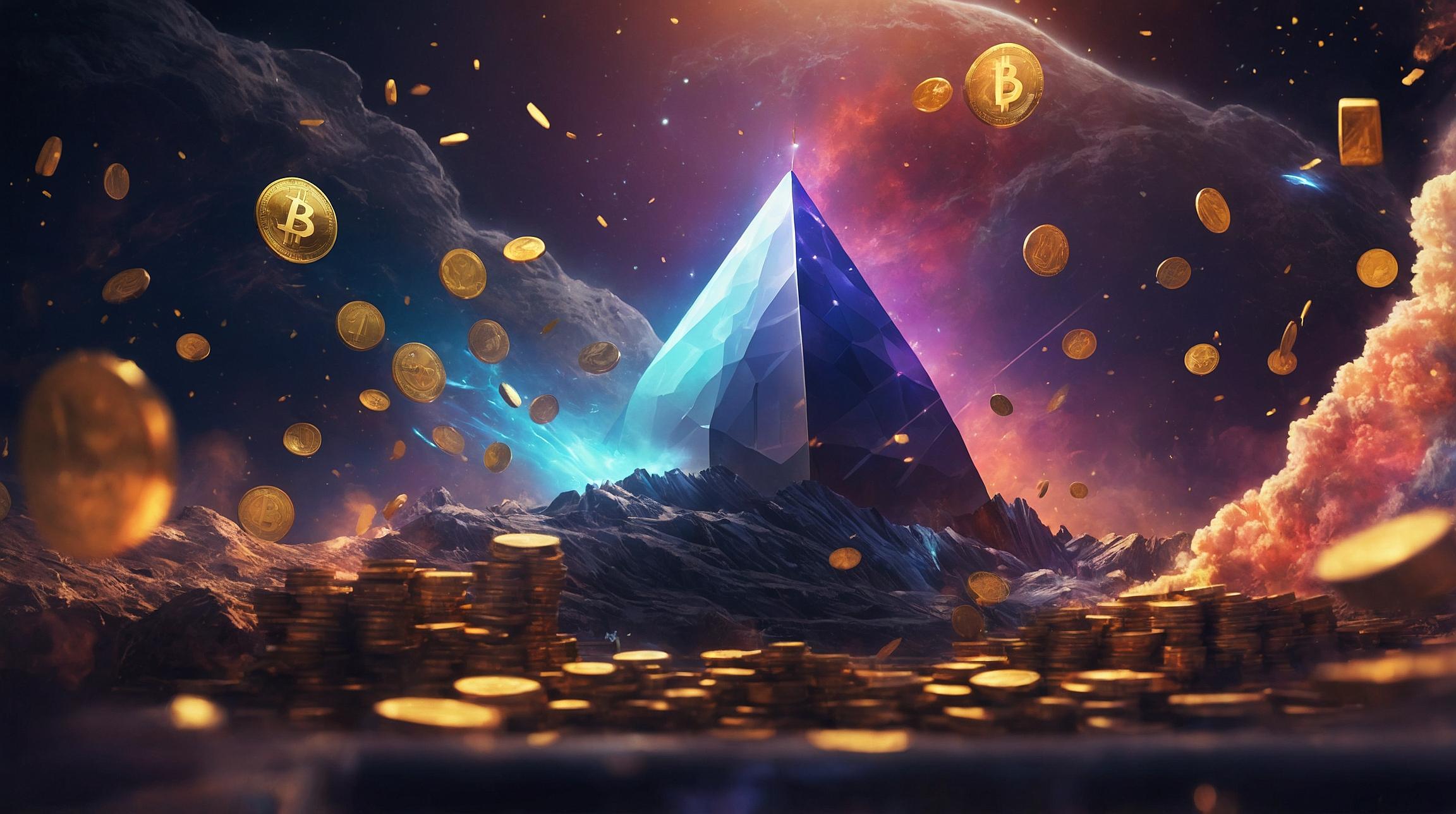Understanding Ethereum's Gas Fees
Ethereum's gas fees—the cost of executing transactions on the Ethereum blockchain—have recently dropped to levels not seen in four years. This is largely due to the emergence and adoption of Layer 2 networks. However, experts caution that these low costs may not persist.
According to recent data from Etherscan, users were paying as little as 1 gwei (approximately $0.007) for transactions in August 2023, a rate unseen since 2020. But these rates quickly rebounded, emphasizing the volatility of Ethereum's fee structure.
What are Layer 2 Networks?
Layer 2 networks are technologies that build on top of the Ethereum blockchain (Layer 1) to improve its scalability and reduce transaction costs. Examples include Coinbase's Layer 2 Base, Arbitrum, Blast, Optimism, and Mantle. By offloading some transaction data to these Layer 2 networks, the main Ethereum chain experiences less congestion, leading to lower fees.
Why Don't Low Fees Last?
Alice Liu from CoinMarketCap explains that low gas fees often coincide with lower market prices and reduced network activity. Ethereum's price, currently around $2,700, is still significantly below its all-time high of $4,850. This can lead to reduced demand for transaction processing, temporarily lowering fees.
Matt Cutler of Blocknative notes that gas fees are particularly volatile, often peaking during U.S. business hours due to higher demand. "Don't expect fees to remain this low," he warns.
Layer 2 Activity
The shift to Layer 2 networks has been significant, with L2Beat reporting a surge in transaction activity, especially after Ethereum's Dencun upgrade in March 2024. The Total Value Locked (TVL) in Layer 2 networks increased from $12 billion to $36 billion within a year.
Impact on Ethereum's Supply
While low gas fees might be good news for users, they could lead to an inflationary pressure on Ethereum's supply. Lower fees mean less ETH is burned, potentially increasing the total supply of tokens. In the current scenario, about 273 ETH were burned today, compared to 2,560 ETH issued.
What Does This Mean for Users?
For Ethereum users, understanding the relationship between price, transaction volume, and gas fees is crucial. As Alice Liu highlights, the current low fee environment may not last, especially as market conditions change. Investors should be aware of how price fluctuations and network upgrades can impact their transactions.













